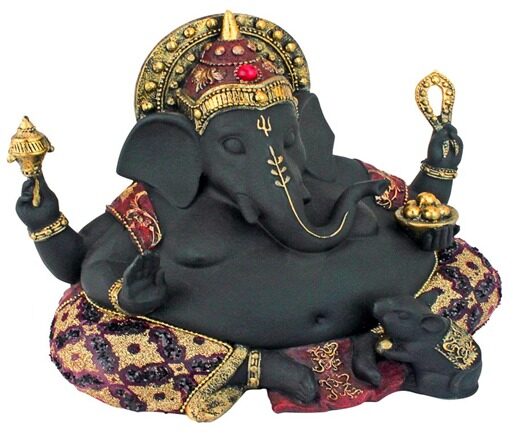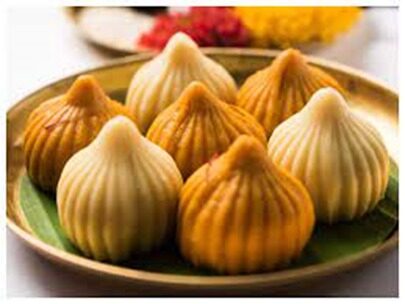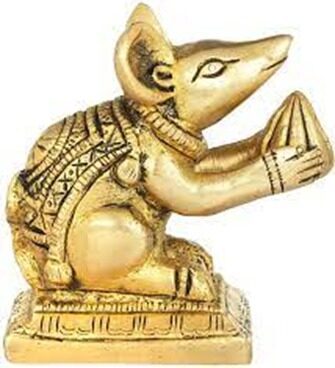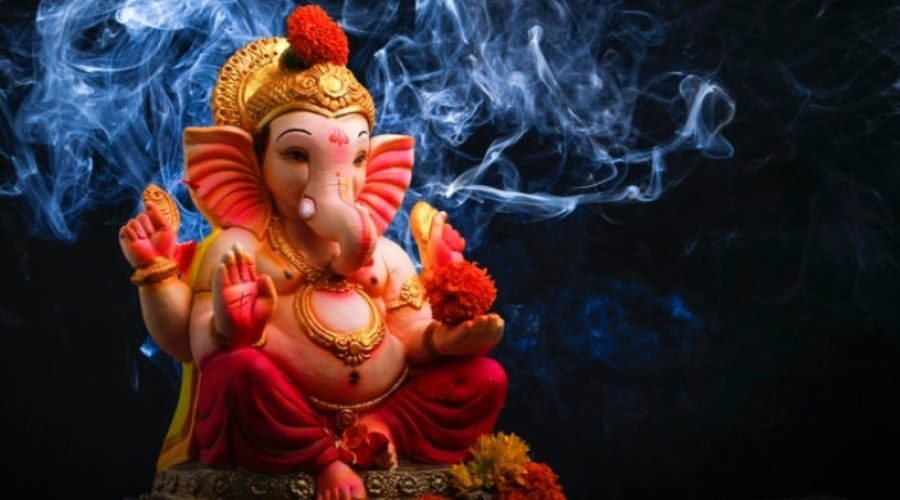Symbolism of Ganesha

With the eagerly awaited festival of Ganesh Chaturthi round the corner, it’s absolutely befitting now to understand the symbolism that is presented by the phenomenon called Ganesh or Ganapati. Gajanana, the elephant-headed deity, represents the union of material wisdomand spiritual ideal. Lambodara’s pot-belly stands for the worldly wealth, and the elephant form reminds us of the divine power.

The serpent around Siddhidata’s belly protects the prosperity and ensures its renewal, much as the snake renews its skin at regular interval.
The two tusks of Ekdantarepresent aggressive power; but this is tempered by breaking one of the tusks, to write Mahabharata, a story of passion, of human weaknesses. This shows an attitude of inclusion and compassion for the imperfections in man.

In Ganesha’s hand is a modaka which is essentially a sweet mixture packed in a conical pack made using steamed flour. It looks like a bag of money, and stands for prosperity.



Rat is a fearsome pest that is impossible to control.Musikvahana’s rat symbolizes the problems of our lives that only Vighnaharta, the remover of obstacles, can keep out.
Vakratunda’s image with trunk pointing to his heart is popular in households because it shows Him embracing the world of matter, senses and emotions. Ganesha with his trunk curled to his right, is secluded from the worldly pleasures, hence not kept inside homes, and preferably enshrined in temples; the most famous of these is Mumbai’s Siddhi Vinayak.
In Maharashtra, he is said to have two wives: Riddhi and Siddhi, goddesses of material and intellectual growth. Ganadhakshya removes the obstacles to economic and intellectual growth.
Thus,the form of our very own Bappa is potent with various symbols and metaphysical themes that telescope into the form and narrative that is Ganesha. They speak a profound truth in a language that connects intuitively with the soul, and we are drawn to him so strongly, going to the extent of representing him as celluloid cartoons and dashboard displays. And Gaurisuta does not mind, so long as we appreciate the realm of his mother, and aspire for the realm of his father.
Vakratunda’s image with trunk pointing to his heart is popular in households because it shows Him embracing the world of matter, senses and emotions. Ganesha with his trunk curled to his right, is secluded from the worldly pleasures, hence not kept inside homes, and preferably enshrined in temples; the most famous of these is Mumbai’s Siddhi Vinayak.





Leave a Reply